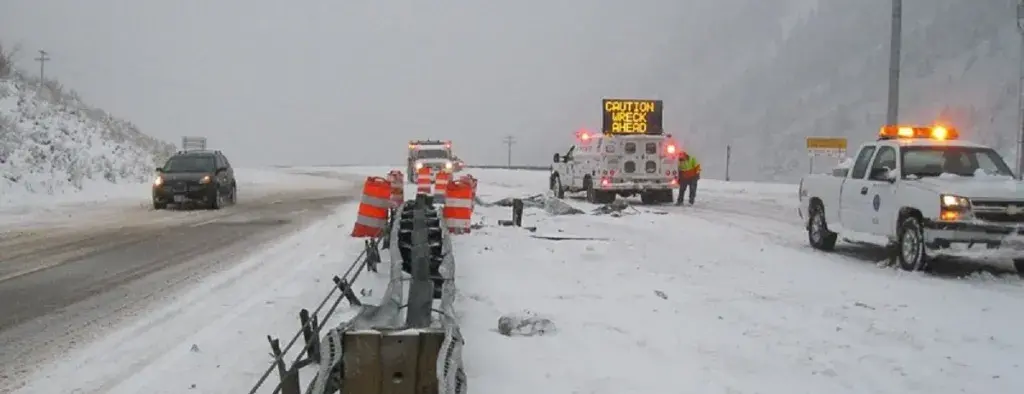Being prepared for snow storms or other weather-related emergencies can save you time and unnecessary risks when unexpected severe weather strikes. Many resources are available to help you inform yourself and others about the dangers posed by winter weather.
 First responders know all too well the rise in the number of house calls during the winter season. Each community’s first responder agencies have the opportunity to prepare citizens for severe weather and other unexpected emergencies. Often, they turn to the experts for guidance to educate their communities.
First responders know all too well the rise in the number of house calls during the winter season. Each community’s first responder agencies have the opportunity to prepare citizens for severe weather and other unexpected emergencies. Often, they turn to the experts for guidance to educate their communities.
The National Oceanic and Atmospheric Association and offers education and training materials, as well as guidance and information for many different scenarios regarding winter storms. This includes answers related to storm forecasting, understanding warnings and advisories, weather terminology, and most importantly, how to best prepare. Low temperatures and heavy snowfall can make maneuvering and responding to emergency situations especially difficult. Dangers include, but are not limited to:
- Wind Chill
- Ice and Frost
- Extreme Cold
The National Weather Service warns that winter storms are “deceptive killers” because most deaths occur from conditions indirectly caused by winter storms (such as traffic accidents and hypothermia). Another factor is home fires. Approximately 900 people die in winter home fires started by indoor heaters each year and other indoor heating devices could lead to carbon monoxide poisoning. Surprisingly, cooking ranks as the top cause of winter home fires. Even household products such as antifreeze (which sometimes contains a sweet aroma or flavor) can pose a danger to children or household pets.
The Centers for Disease Control and Prevention offers checklists that can help you prepare for winter weather emergency situations. These include key supplies for the following topics: communications, heating, food and safety, water and car emergencies.
The Department of Homeland Security (DHS) Federal Emergency Management Agency (FEMA) Ready.gov website also offers information regarding winter weather preparedness, as well as packing tips for emergency kits.
Keep up to date on news regarding weather and other natural disasters this winter season by following the DHS hashtags #WinterSafety, #GetReady and #PrepareAthon on Twitter.
